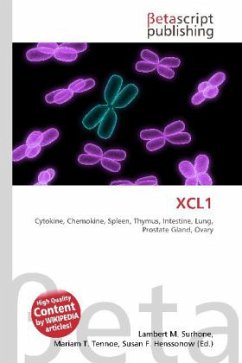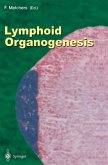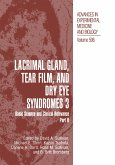Please note that the content of this book primarily consists of articles available from Wikipedia or other free sources online. Chemokine (C motif) ligand (XCL1) is a small cytokine belonging to the XC chemokine family that is also known as lymphotactin. It is found in high levels in spleen, thymus, intestine and peripheral blood leukocytes, and at lower levels in lung, prostate gland and ovary. Cellular sources for XCL1 include activated thymic and peripheral blood CD8+ T cells. This chemokine attracts T cells. In humans, XCL1 is closely related to another chemokine called XCL2, whose gene is found at the same locus on chromosome 1. XCL1 induces it chemotactic function by binding to a chemokine receptor called XCR1. Cytokines (Greek cyto-, cell; and -kinos, movement) are any of a number of substances that are secreted by specific cells of the immune system which carry signals locally between cells, and thus have an effect on other cells. They are a category of signaling molecules that are used extensively in cellular communication. They are proteins, peptides, or glycoproteins.
Bitte wählen Sie Ihr Anliegen aus.
Rechnungen
Retourenschein anfordern
Bestellstatus
Storno








